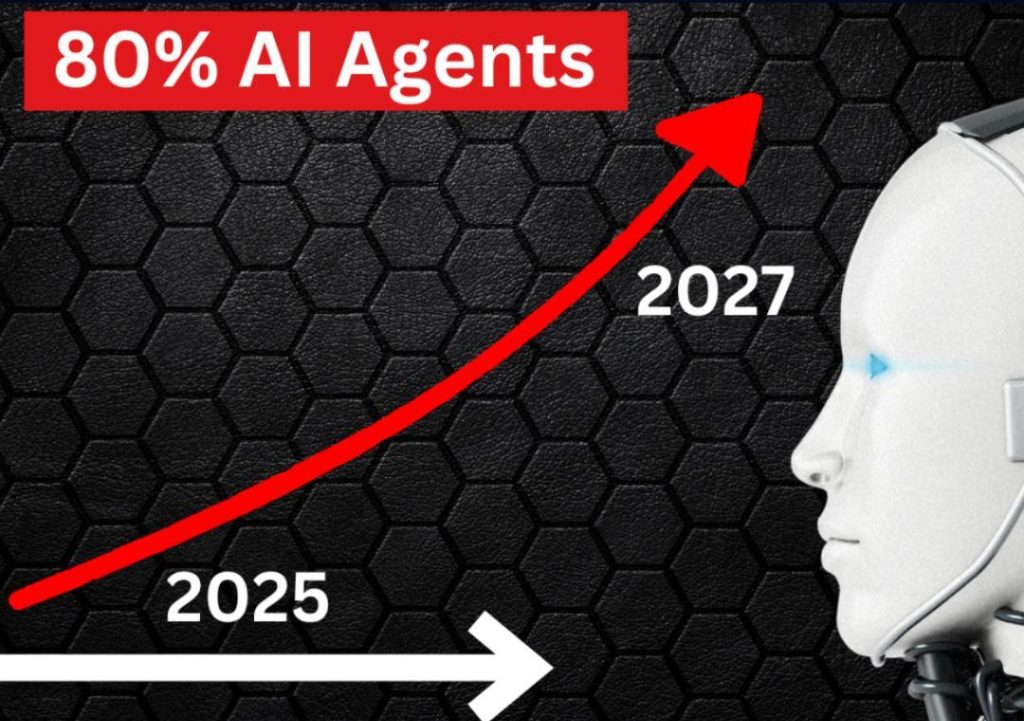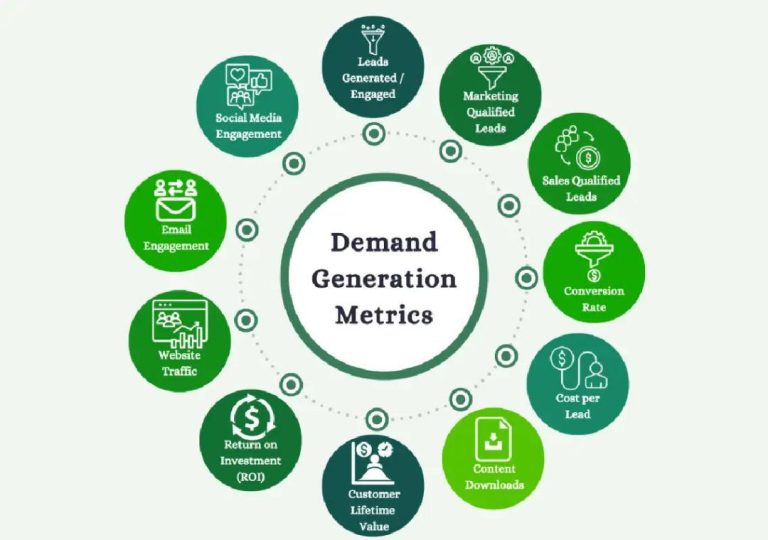
80% of Analysts’ Time Can be Automated Now
In today’s data-driven world, analysts play a crucial role in helping businesses make informed decisions. However, the task of analyzing and reporting on data can be a time-consuming and labor-intensive process, taking away from the time that could be spent on high-impact creative strategy. But what if we told you that up to 80% of analysts’ reporting tasks can be automated, freeing them up to focus on what really matters?
At Growth Jockey, we’re excited to announce the launch of India’s first Deep Data Copilot for marketers, designed to automate up to 80% of analysts’ reporting tasks. This innovative solution interprets metrics, flags anomalies, and suggests next steps, allowing teams to focus on what they do best – developing creative strategies that drive growth.
But how did we get to the point where automation was possible? And what are the benefits of automating analysts’ reporting tasks? Let’s dive in and explore the possibilities.
The Evolution of Data Analysis
In the past, data analysis was a manual process that required hours of manual data entry, cleaning, and processing. With the advent of technology, data analysis tools emerged, making it easier for analysts to work with data. However, even with these tools, data analysis remained a time-consuming and labor-intensive process.
Fast forward to today, and we have the power of artificial intelligence (AI) and machine learning (ML) at our fingertips. These technologies have enabled the development of advanced data analytics tools that can interpret data, identify patterns, and provide insights with unprecedented speed and accuracy.
The Rise of Automation
Automation has become a buzzword in recent years, and for good reason. Automation has the potential to transform industries and businesses, freeing up human resources to focus on high-value tasks. In the context of data analysis, automation means that tasks that were previously manual can now be automated, freeing up analysts to focus on more strategic and creative work.
According to a report by Accenture, automation could increase productivity by up to 40% and reduce costs by up to 20%. In the context of data analysis, automation can also improve accuracy, reduce errors, and provide faster insights.
The Benefits of Automating Analysts’ Reporting Tasks
So, what are the benefits of automating analysts’ reporting tasks? Here are a few:
- Time Savings: Automation can save analysts up to 80% of their time, freeing them up to focus on high-impact creative strategy.
- Improved Accuracy: Automation reduces the risk of human error, providing more accurate insights and reducing the need for manual data re-entry.
- Faster Insights: Automation can provide faster insights, allowing analysts to respond quickly to changing market conditions and customer needs.
- Increased Productivity: Automation can increase productivity by up to 40%, freeing up analysts to focus on more strategic and creative work.
- Cost Savings: Automation can reduce costs by up to 20%, freeing up resources for more strategic investments.
The Future of Data Analysis
The launch of India’s first Deep Data Copilot for marketers marks a significant milestone in the evolution of data analysis. This innovative solution has the potential to transform the way analysts work, freeing them up to focus on high-impact creative strategy.
As automation continues to evolve, we can expect to see even more innovative solutions emerge. In the future, we can expect to see automation being used in a wide range of industries and applications, from customer service to finance.
Conclusion
In conclusion, the launch of India’s first Deep Data Copilot for marketers is a significant milestone in the evolution of data analysis. This innovative solution has the potential to transform the way analysts work, freeing them up to focus on high-impact creative strategy.
With the ability to automate up to 80% of analysts’ reporting tasks, this solution can save time, improve accuracy, and provide faster insights. As automation continues to evolve, we can expect to see even more innovative solutions emerge, transforming the way we work and live.
News Source:






